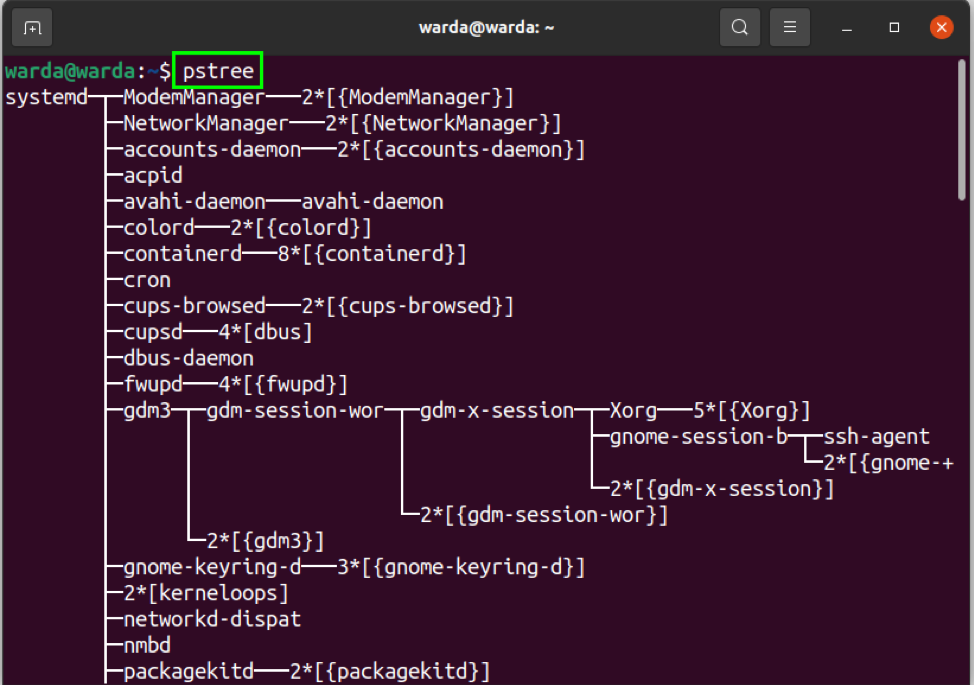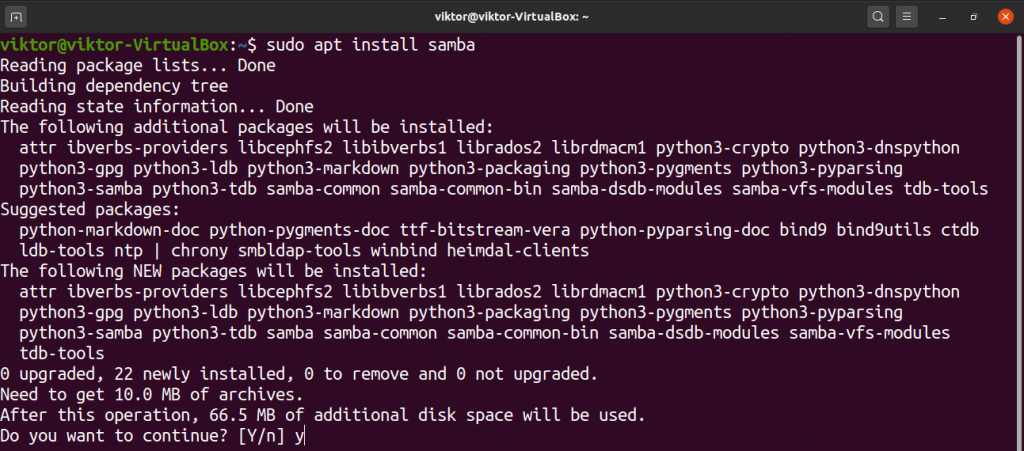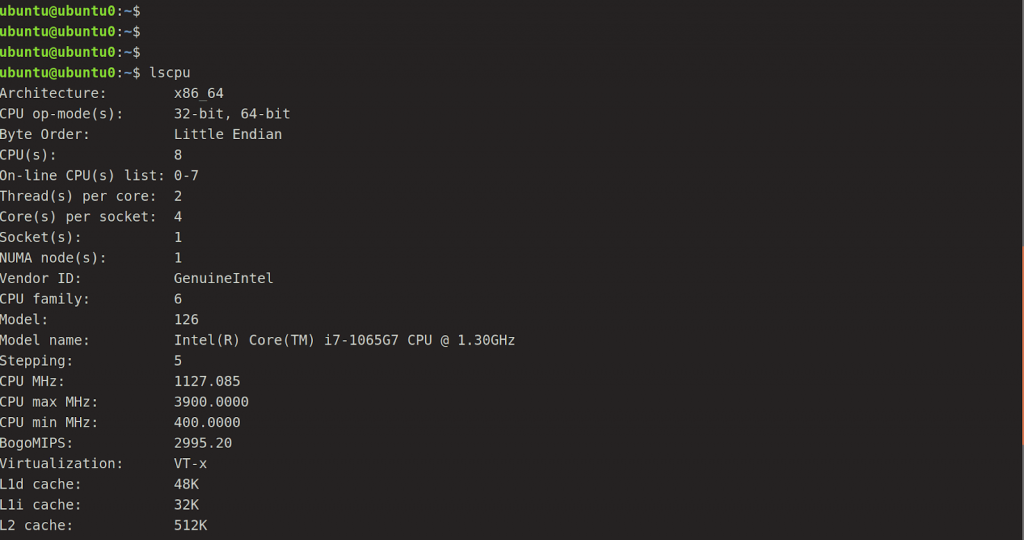
How to Install and Use Steam Locomotive on Linux
In a Linux system, we often do mistakes while typing commands in the terminal. Learning from those mistakes and getting entertained by them could be good art. Steam Locomotive is a utility containing 295 lines of code in the C language. It shows you what kind of mistakes people do while using the ls command […]








